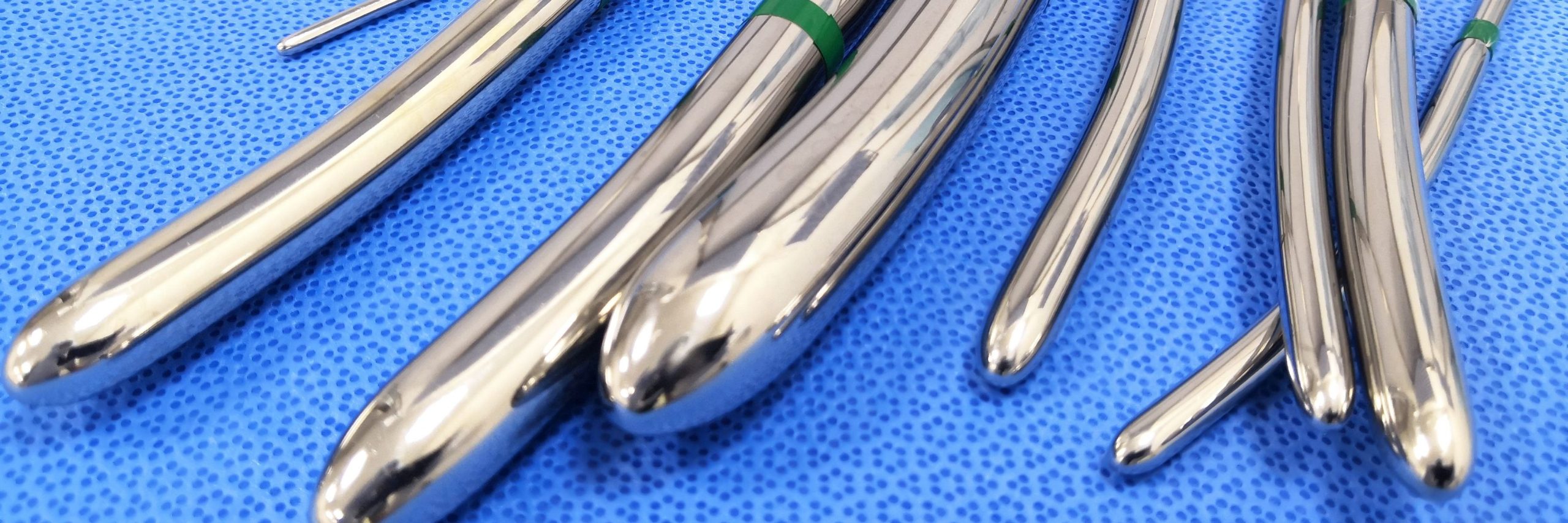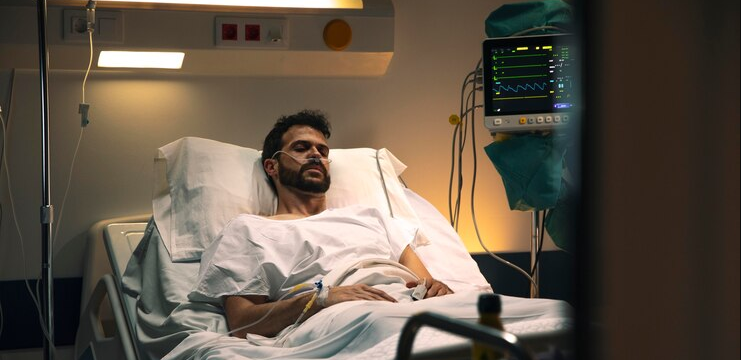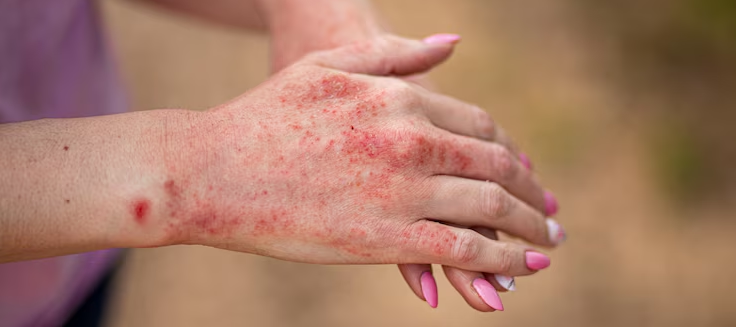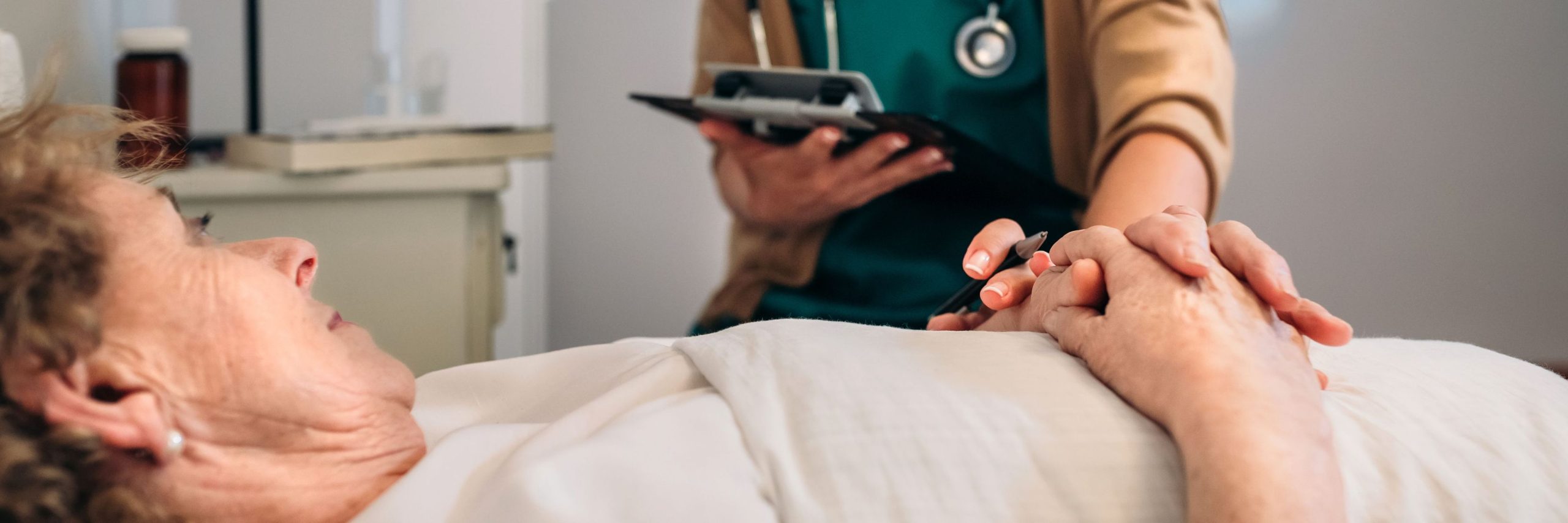Rui Guo, Huan Wu, Xiaoyu Zhu, Guanxiong Wang, Kaiqin Hu, Kuokuo Li, Hao Geng, Chuan Xu, Chenwan Zu, Yang Gao, Dongdong Tang, Yunxia Cao, Xiaojin He
Rui Guo
Department of Obstetrics and Gynecology, The First Affiliated Hospital of Anhui Medical University, Hefei, Anhui, China.
NHC Key Laboratory of Study on Abnormal Gametes and Reproductive Tract (Anhui Medical University), Hefei, Anhui, China.
Key Laboratory of Population Health Across Life Cycle (Anhui Medical University), Ministry of Education of the People’s Republic of China, Hefei, Anhui, China.
Huan Wu
Department of Obstetrics and Gynecology, The First Affiliated Hospital of Anhui Medical University, Hefei, Anhui, China.
NHC Key Laboratory of Study on Abnormal Gametes and Reproductive Tract (Anhui Medical University), Hefei, Anhui, China.
Key Laboratory of Population Health Across Life Cycle (Anhui Medical University), Ministry of Education of the People’s Republic of China, Hefei, Anhui, China.
Xiaoyu Zhu
Department of Obstetrics and Gynecology, The First Affiliated Hospital of Anhui Medical University, Hefei, Anhui, China.
NHC Key Laboratory of Study on Abnormal Gametes and Reproductive Tract (Anhui Medical University), Hefei, Anhui, China.
Key Laboratory of Population Health Across Life Cycle (Anhui Medical University), Ministry of Education of the People’s Republic of China, Hefei, Anhui, China.
Guanxiong Wang
Department of Obstetrics and Gynecology, The First Affiliated Hospital of Anhui Medical University, Hefei, Anhui, China.
NHC Key Laboratory of Study on Abnormal Gametes and Reproductive Tract (Anhui Medical University), Hefei, Anhui, China.
Key Laboratory of Population Health Across Life Cycle (Anhui Medical University), Ministry of Education of the People’s Republic of China, Hefei, Anhui, China.
Kaiqin Hu
Department of Obstetrics and Gynecology, The First Affiliated Hospital of Anhui Medical University, Hefei, Anhui, China.
Engineering Research Center of Biopreservation and Artifical Organs, Ministry of Education, Hefei, Anhui, China.
Anhui Province Key Laboratory of Reproductive Health and Genetics, Hefei, Anhui, China.
Kuokuo Li
Department of Obstetrics and Gynecology, The First Affiliated Hospital of Anhui Medical University, Hefei, Anhui, China.
Engineering Research Center of Biopreservation and Artifical Organs, Ministry of Education, Hefei, Anhui, China.
Anhui Province Key Laboratory of Reproductive Health and Genetics, Hefei, Anhui, China.
Hao Geng
Department of Obstetrics and Gynecology, The First Affiliated Hospital of Anhui Medical University, Hefei, Anhui, China.
Engineering Research Center of Biopreservation and Artifical Organs, Ministry of Education, Hefei, Anhui, China.
Anhui Province Key Laboratory of Reproductive Health and Genetics, Hefei, Anhui, China.
Chuan Xu
Department of Obstetrics and Gynecology, The First Affiliated Hospital of Anhui Medical University, Hefei, Anhui, China.
Engineering Research Center of Biopreservation and Artifical Organs, Ministry of Education, Hefei, Anhui, China.
Anhui Province Key Laboratory of Reproductive Health and Genetics, Hefei, Anhui, China.
Chenwan Zu
Department of Obstetrics and Gynecology, The First Affiliated Hospital of Anhui Medical University, Hefei, Anhui, China.
Engineering Research Center of Biopreservation and Artifical Organs, Ministry of Education, Hefei, Anhui, China.
Anhui Province Key Laboratory of Reproductive Health and Genetics, Hefei, Anhui, China.
Yang Gao
Department of Obstetrics and Gynecology, The First Affiliated Hospital of Anhui Medical University, Hefei, Anhui, China.
Engineering Research Center of Biopreservation and Artifical Organs, Ministry of Education, Hefei, Anhui, China.
Anhui Province Key Laboratory of Reproductive Health and Genetics, Hefei, Anhui, China.
Dongdong Tang
Department of Obstetrics and Gynecology, The First Affiliated Hospital of Anhui Medical University, Hefei, Anhui, China xiaojinhe@sjtu.edu.cn caoyunxia6@126.com tangdongdong@ahmu.edu.cn.
NHC Key Laboratory of Study on Abnormal Gametes and Reproductive Tract (Anhui Medical University), Hefei, Anhui, China.
Key Laboratory of Population Health Across Life Cycle (Anhui Medical University), Ministry of Education of the People’s Republic of China, Hefei, Anhui, China.
Yunxia Cao
Department of Obstetrics and Gynecology, The First Affiliated Hospital of Anhui Medical University, Hefei, Anhui, China xiaojinhe@sjtu.edu.cn caoyunxia6@126.com tangdongdong@ahmu.edu.cn.
NHC Key Laboratory of Study on Abnormal Gametes and Reproductive Tract (Anhui Medical University), Hefei, Anhui, China.
Key Laboratory of Population Health Across Life Cycle (Anhui Medical University), Ministry of Education of the People’s Republic of China, Hefei, Anhui, China.
Xiaojin He
Reproductive Medicine Center, Department of Obstetrics and Gynecology, Shanghai General Hospital, Shanghai Jiao Tong University School of Medicine, Shanghai, China xiaojinhe@sjtu.edu.cn caoyunxia6@126.com tangdongdong@ahmu.edu.cn.















